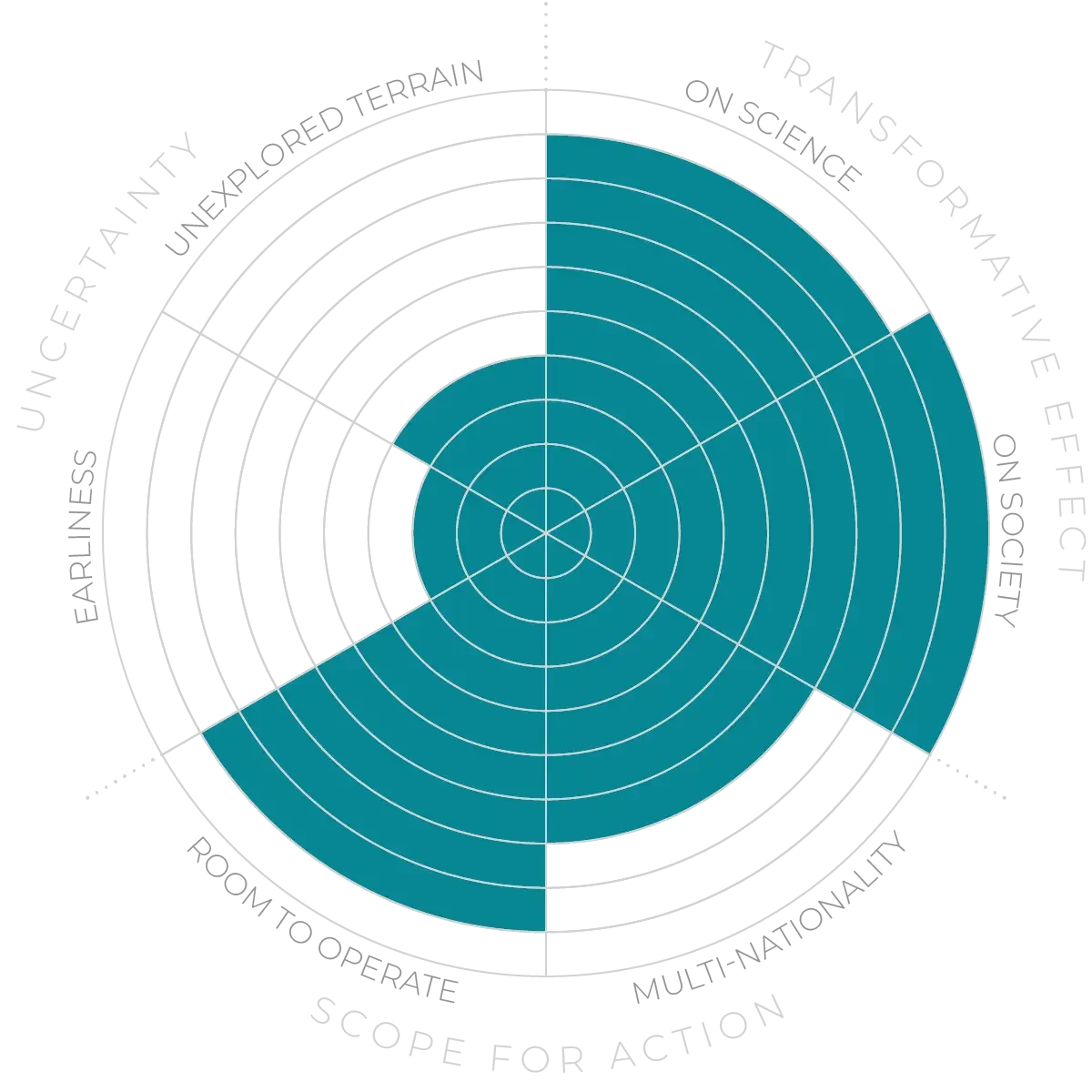5-yearhorizon
Editing gets specific
Gene-transfer technologies, including AAV vectors and lipid nanoparticles, are repurposed to deliver epigenetic effectors. First human trials begin for gene therapy that targets only affected neurons, treating treatment-resistant epilepsy.9,10Oligonucleotides are approved to target more rare diseases. Clinical trials on RNA antisense therapeutics reveal whether the therapy can help people with ALS and other neurodegenerative diseases.



